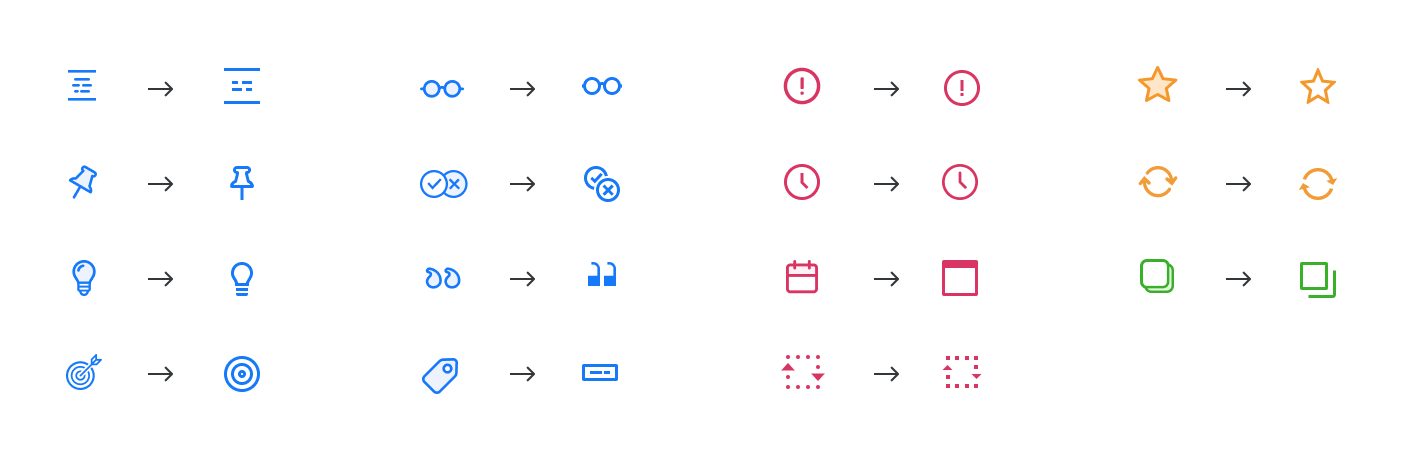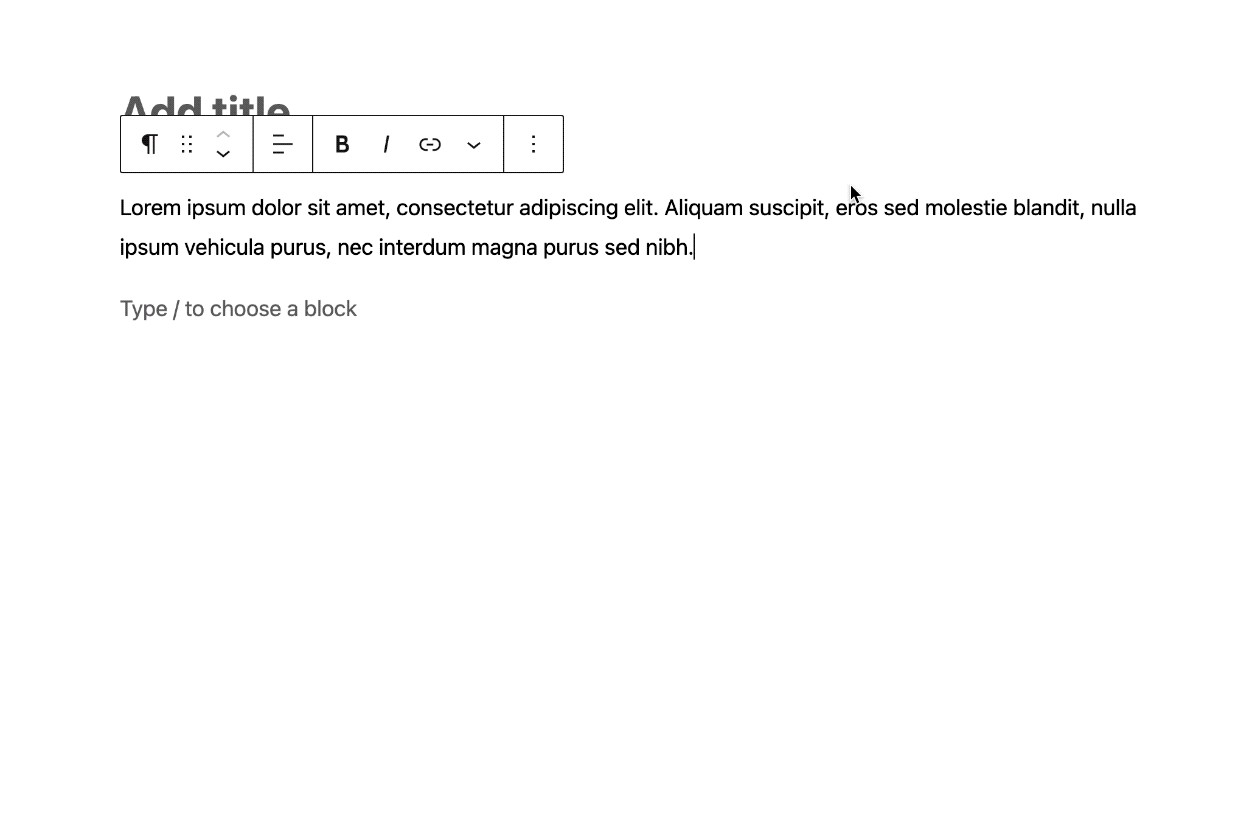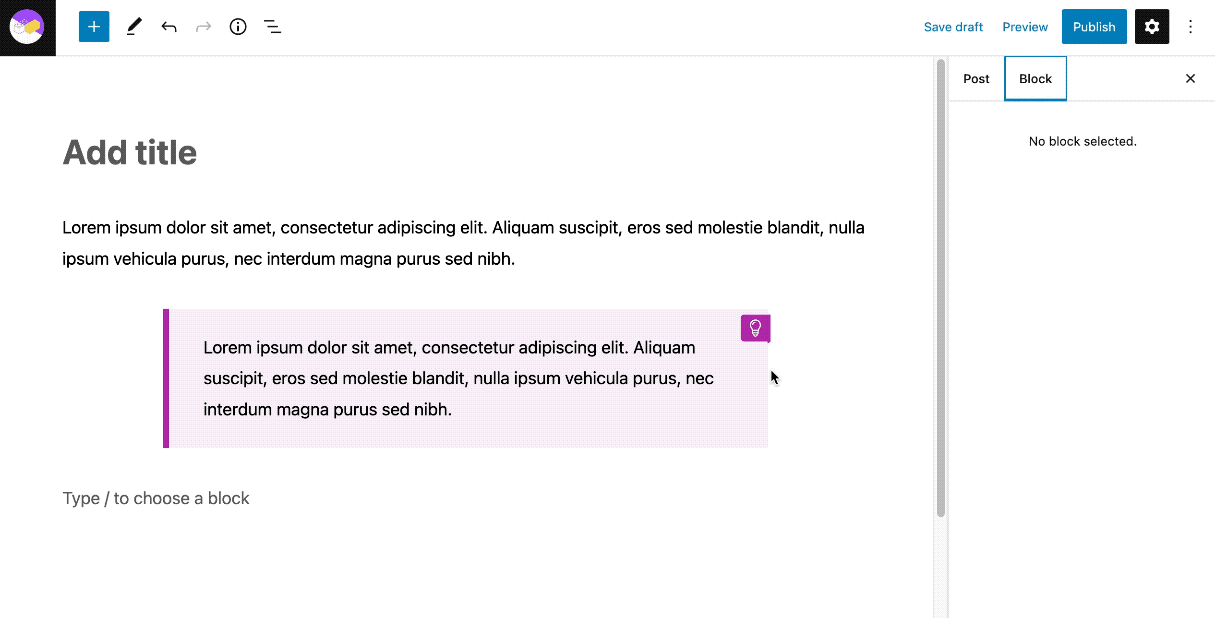Components for Learning WordPress Blocks
January 27, 2023
I’m glad to announce that Components for Learning is already available for WordPress. The plugin was reviewed and approved a few days ago and is now available for download in the wordpress.org public plugins directory.

The plugin allows teachers, instructional designers and educators in general to author their content in WordPress, taking advantage of the fantastic features that both the Gutenberg editor and the Site Editor provide. If you haven’t tried it yet, I encourage you to do so!
The WordPress plugin presents minor differences regarding its Moodle counterpart, the most distinguishable being a set of redesigned button icons to fit the built-in editor design consistently:

Also, the Figure component has been omitted in this version as a native Figure block already exists in WordPress; also, the Inline Tag has not yet been implemented as a block as the architecture of the blocks themselves is not (yet?) intended for inline elements.
The big advantage of the Gutenberg block system is the simplicity of creating content whilst applying a visual format very similar to the one that will be published. Authors can build rich content with a consistent design without worrying about the visual aspect by having the right components. For instance, adding a Tip can be as easy as that:

The block editor in WordPress also allows adding settings and preferences to the block itself, so it can be more or less customizable depending on its purpose and regarding the amount of control the author is intended to have over the visual design. The current version of the Components for Learning blocks does not include many options yet, being the component width the only property available at the moment:

However, that will likely change in the near future, as I’m willing to implement other built-in properties that are yet available for developers to work with, like nested blocks, variations (blocks sharing common characteristics) or transformations (blocks that can be turned into other blocks). There is a long way ahead to keep experimenting, especially being so many different needs and specific uses in Learning.